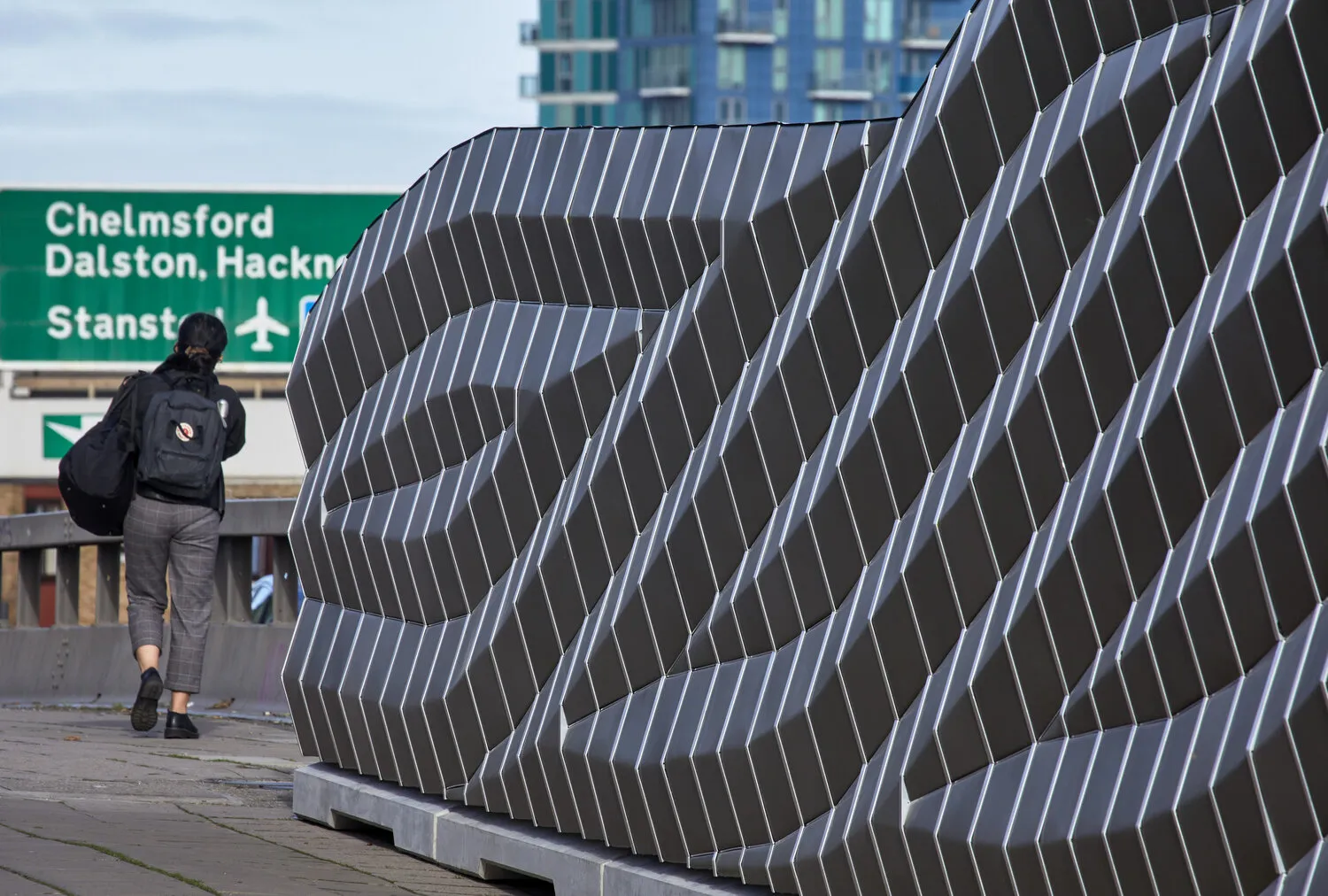
The ProTec 120 range of mobile crash barriers from Peter Berghaus has been independently tested by TÜV Süd in Munich, Germany with cars and trucks at various angles and different speeds (TB 21 + TB 41, TB 11 + TB 42) and has produced outstanding results, fulfilling all criteria of DIN EN 1317-2 and confirming the containment levels and effective ranges T3/W2 (without anchoring in the ground) and H1/W5. The tests and results have also given positive appraisal by the German Federal Highway Research Institute (BASt).
Berghaus points to a number of important design features that the company says sets its barriers apart. Firstly, a width of only 12cm means that ProTec doesn't restrict lane widths available within the construction site. Indeed, they take up less room than painting double white or yellow marking lines. Elements come in 10m lengths and every truck load can bring 140m ready-assembled ProTect120 elements to the construction site. Unloading, positioning and mounting takes place in an ongoing workflow with a specially designed handling gripper. Speed of installation and removal is another key benefit highlighted by Berghaus: the company cites deployment on the A9 Nuremberg to Munich motorway when its customer, FVS GmbH, erected nearly 9km of crash barriers in only two nights with just one loading crane truck and six fitters working on site.
Berghaus stresses that apart from providing total solid protection for the workforce, by choosing the right mobile crash barrier it is possible to make an active contribution to reducing traffic disruptions, congestion and accident risks when setting up, converting and dismantling changed road layouts in an absolute minimum of time.










